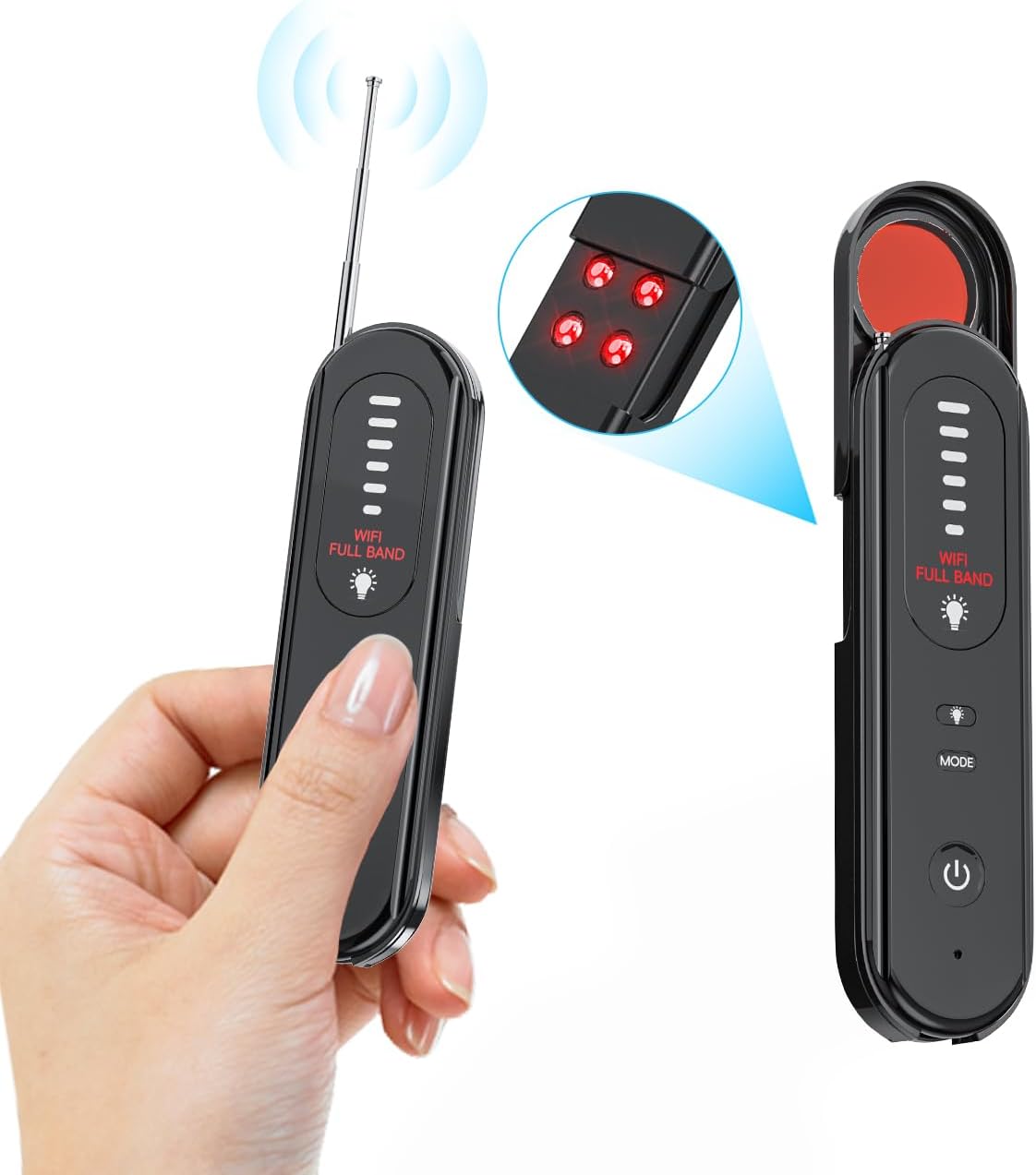The Glittering World of Spy Gadgets: Anti-Spy Detectors on Screen
From sleek James Bond films to gritty espionage thrillers, anti-spy detectors have consistently held a place of fascination in popular media. These devices, often depicted as effortlessly revealing hidden cameras, microphones, and other surveillance equipment, offer a sense of security and control in a world brimming with unseen threats. But how much of this portrayal reflects reality? Are these devices the technological saviors portrayed on screen, or are they more akin to Hollywood magic?
The Reality Check: What Anti-Spy Detectors *Can* Do

The truth lies somewhere in between. While sophisticated anti-spy detection technology does exist, it’s far from the instantaneous, foolproof solution frequently shown in movies. These detectors typically work by identifying the electromagnetic radiation emitted by surveillance devices. Many operate by detecting the radio frequencies (RF) used by bugs and cameras, often displaying the signals on a screen or through audible alerts. Some more advanced models can also detect laser beams used in certain types of surveillance.
However, these devices are not magic bullets. Their effectiveness hinges on several factors. The sensitivity of the detector is crucial; a weak signal from a cleverly concealed device might be missed. The type of surveillance equipment matters too. Sophisticated, low-power devices might be extremely difficult, if not impossible, to detect with readily available consumer-grade technology. Furthermore, many modern surveillance methods rely on methods beyond simple radio frequencies—think covert Wi-Fi, or even sound transmitted through power lines—making them invisible to standard bug detectors.
The Hollywood Hype: Dramatic License and Technological Exaggeration

Movies and TV shows often take significant creative liberties with anti-spy technology. The immediate and decisive detection of sophisticated surveillance systems, often with accompanying dramatic sound effects, is a far cry from the reality of painstaking, methodical sweeps. The devices used on screen are frequently portrayed as effortlessly identifying the location and type of surveillance equipment, something that is considerably more challenging in the real world.
Consider the portrayal of counter-surveillance sweeps in popular media. Often, a quick scan of a room is all that’s needed to uncover every hidden camera and microphone. In reality, a thorough sweep requires careful attention to detail, specialized equipment, and often a methodical approach involving both electronic detection and visual inspection. The portrayal of easily identifiable, ubiquitous countermeasures adds to the dramatic tension but sacrifices realism.
Beyond the RF Spectrum: Emerging Surveillance Technologies and Their Detection Challenges

The evolution of surveillance technologies constantly presents new challenges for detection. The rise of sophisticated, low-power devices, and the increasing reliance on encrypted communications and covert methods, complicate the task significantly. Detecting these newer technologies often requires specialized, and expensive, equipment that goes beyond the capabilities of common, consumer-grade anti-spy detectors. The shift towards software-based surveillance and data collection also makes the task of detection substantially more complex.
Practical Advice: Separating Fact from Fiction in the Real World

While the glamorous world of spy gadgets portrayed in media is unlikely to be reflected in your everyday life, understanding the limitations and capabilities of real-world anti-spy detectors is still important. If you have concerns about surveillance, consider these points:
- Understand the limitations: No device can guarantee complete protection from all forms of surveillance.
- Choose wisely: Research different detectors and their specifications carefully before purchasing. Read reviews and understand the technology they utilize.
- Professional help: For high-stakes situations or complex surveillance concerns, consult a professional security expert.
- Focus on physical security: Remember that physical security measures, like checking for obvious cameras and listening devices, are still crucial.
- Be aware of your environment: Paying attention to your surroundings and being mindful of potential surveillance points can be a highly effective preventative measure.
Conclusion: A Grain of Salt and a Healthy Dose of Skepticism
In conclusion, the world of anti-spy detectors in popular media is largely a realm of dramatic license and heightened reality. While effective anti-spy detection technology exists, it doesn’t match the effortless capabilities portrayed on screen. Maintaining a healthy dose of skepticism and understanding the limitations of real-world technology is crucial for navigating the complexities of modern surveillance and its detection. Instead of relying on cinematic solutions, a blend of vigilance, awareness, and perhaps professional assistance offers a more realistic approach to ensuring your security.